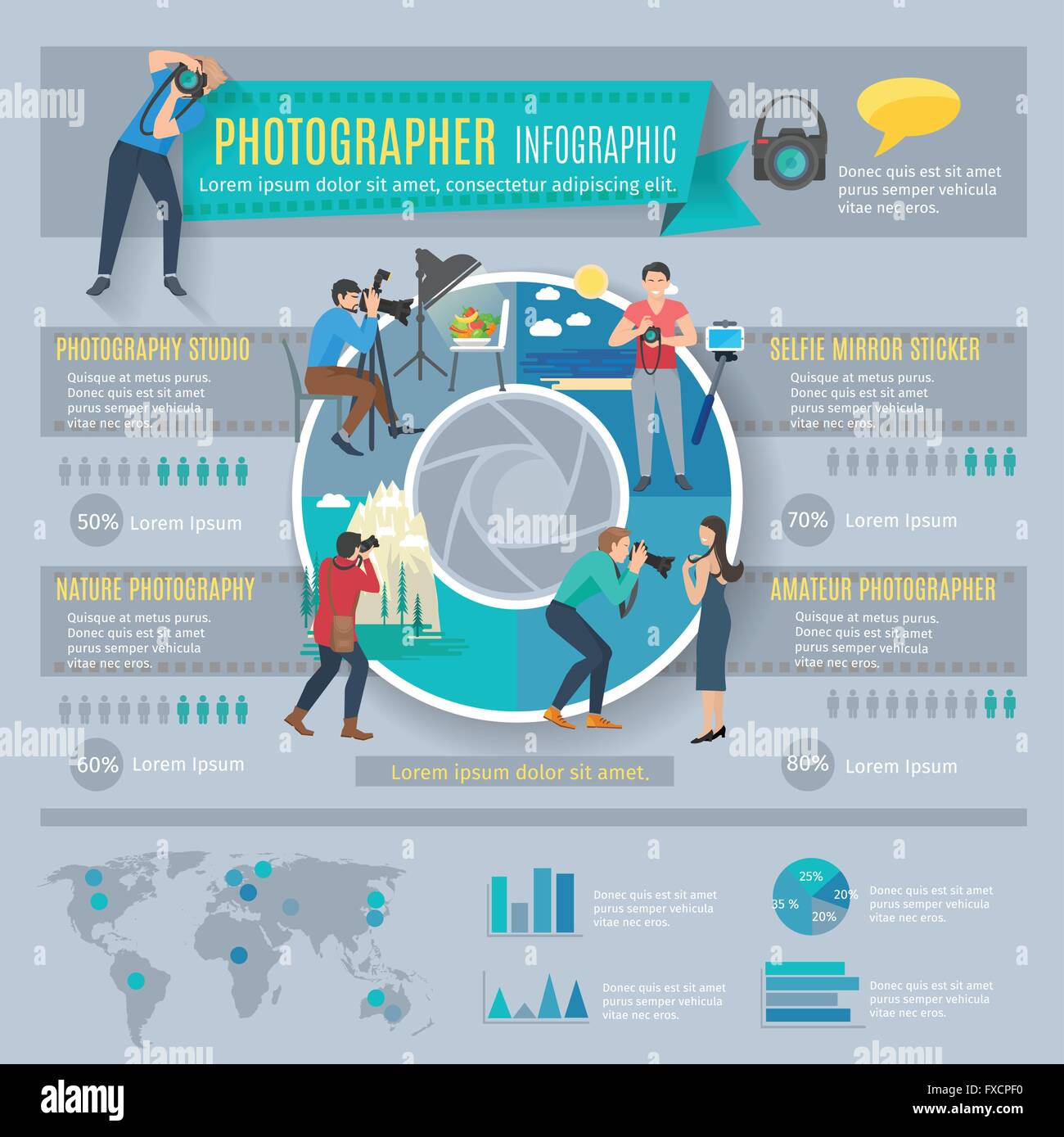Join Us To Uncover Necessary Digital Photography Pointers That Will Open Your Camera'S Potential-- Prepare To Capture Magnificent Images In No Time!
Join Us To Uncover Necessary Digital Photography Pointers That Will Open Your Camera'S Potential-- Prepare To Capture Magnificent Images In No Time!
Blog Article
Content Created By-Lyons Odgaard
When you first get your video camera, it can really feel frustrating with all the setups and choices readily available. You may find yourself wondering how to browse aperture, shutter rate, and ISO effectively. Understanding these basics is crucial, but there's even more to photography than simply technical knowledge. Recognizing make-up methods and illumination conditions can elevate your photos substantially. So, what if you could discover simple methods to boost your abilities and start capturing impressive photos sooner than you assume? Allow's check out just how to transform your photography journey.
Comprehending Video Camera Settings
Understanding your camera settings is critical for recording sensational photos. When you get your cam, familiarize yourself with the three main settings: aperture, shutter rate, and ISO. Each plays an essential function in exactly how your images end up.
Beginning with aperture, which controls the amount of light getting in the lens. A wider aperture (reduced f-number) lets in much more light and produces a beautiful history blur, excellent for pictures. Conversely, a narrower aperture (higher f-number) keeps even more of the scene in emphasis, ideal for landscapes.
Next, concentrate on shutter rate. This setup identifies how long your cam's sensor is subjected to light. A quick shutter speed ices up motion, which is excellent for activity shots, while a slow shutter rate can develop sensational impacts like smooth water in landscapes.
Last but not least, adjust your ISO. https://www.actionhub.com/how-to/2019/08/05/overland-photography-tips-tricks/ of sensitivity to light. A higher ISO is useful in low-light circumstances however can introduce noise or grain. Go for the most affordable ISO feasible while still achieving appropriate exposure.
Composition Techniques
When you're out shooting, structure can make all the distinction in just how your photos resonate with visitors. Begin by utilizing the policy of thirds; visualize your framework split into nine equivalent sections with two straight and 2 upright lines. Setting crucial elements along these lines or at their intersections to develop equilibrium and interest.
Next, consider leading lines. These natural lines in your scene, like roads or rivers, attract the audience's eye into the photograph, assisting them with the tale you're informing.
Don't ignore framing; use components within your scene, like trees or windows, to produce a frame around your subject, adding depth and emphasis.
Additionally, watch on your background. A chaotic background can sidetrack from your main subject, while a straightforward one helps it stick out.
Last but not least, try out symmetry and patterns; they can develop a striking picture that captures attention.
Learning Lighting Issues
Grasping illumination conditions is critical for capturing magnificent photographs, as the ideal light can transform a normal scene into something extraordinary.
Start by observing all-natural light at various times of the day. Early mornings and late afternoons supply the very best light, called the golden hour. The soft, cozy tones during these times can boost your photos magnificently.
Do not shy away from overcast days either; diffused light can reduce harsh darkness and develop a pleasing effect, specifically for portraits.
Experiment with backlighting by placing your topic versus the source of light. https://www.liveinternet.ru/users/clarke_hogan/post509027566 can create a fanciful halo effect and include depth to your photos.
Take note of your camera setups too. Readjust the ISO, aperture, and shutter speed to fit the illumination problems. A higher ISO can help in reduced light, but beware of grain.
Make use of a tripod in darker settings to avoid blur.
Lastly, don't fail to remember synthetic lighting. Flash and continuous lights can be terrific tools for managing light in difficult conditions.
Conclusion
To conclude, understanding your video camera doesn't need to be overwhelming. By understanding your setups, using make-up techniques, and taking advantage of the power of all-natural light, you'll swiftly elevate your digital photography skills. Bear in mind, exercise makes best, so venture out there and try out your newly found knowledge. With time and commitment, you'll be catching stunning images that reflect your special perspective. Delight in the journey, and do not forget to have fun while you go to it!
